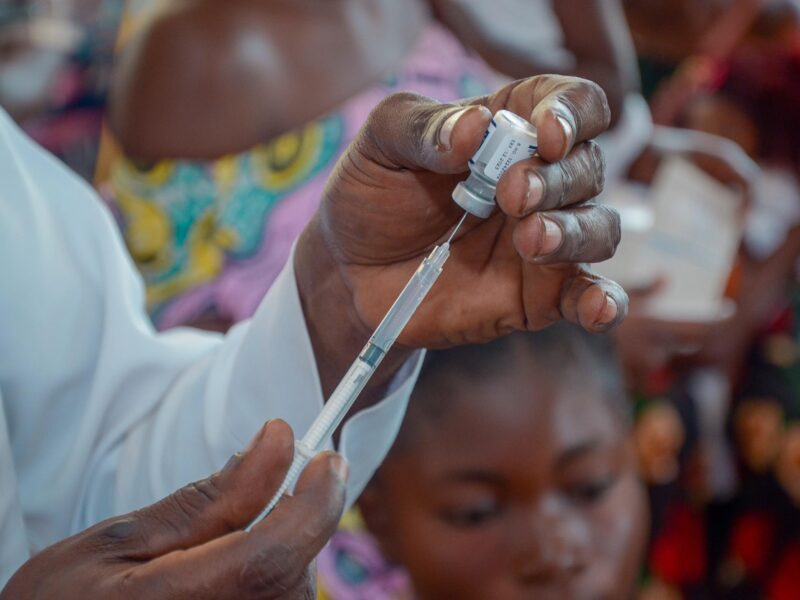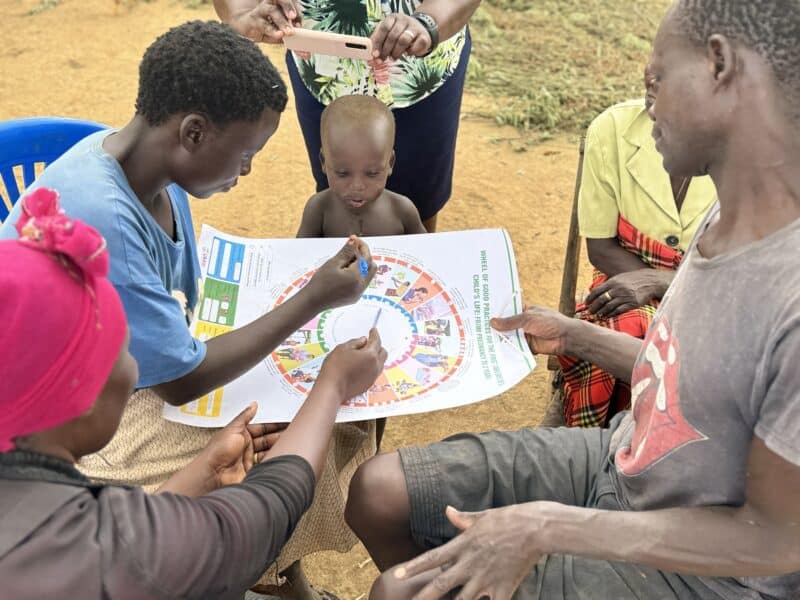A comprehensive program to prevent maternal mortality by strengthening public and private health networks in Uganda and Zambia led to a dramatic reduction in deaths, suggest new findings published March 14 in Global Health: Science and Practice’s supplement on “Saving Mothers, Giving Life.”
Global Health: Science and Practice is an open-access, peer-reviewed online journal aimed to improve health practice, especially in low- and middle-income countries. The journal is published by the Johns Hopkins Center for Communication Programs’ Knowledge for Health project, which is supported by USAID.
“The results shared in this Saving Mothers, Giving Life journal supplement show that the initiative achieved tremendous impact in Uganda and Zambia,” write the authors of the editorial in the supplement, which includes 11 articles on this effort.
The vast majority of maternal deaths are preventable. Despite this fact, approximately every two minutes a woman dies during pregnancy or childbirth. The Saving Mothers, Giving Life (SMGL) initiative was created under President Obama’s Global Health Initiative with the goal of reducing maternal mortality in high-burden, sub-Saharan African countries. The five-year project was a public-private partnership involving numerous agencies and non-governmental organizations.
SMGL worked to address the three primary delays in accessing effective maternity care: delays in seeking appropriate services, delays in reaching services and delays in receiving timely, quality care at a medical facility. The Saving Mothers, Giving Life approach also integrated maternal and newborn health services with HIV services (e.g., HIV counseling and testing and prevention of mother-to-child transmission services).
The initiative’s data-driven approach clearly resulted in improved health outcomes, including declines in maternal mortality by 44 percent in target facilities in Uganda and 38 percent in target facilities in Zambia. The number of women delivering in health facilities in Zambia, meanwhile, increased by 44 percent and the number of stillbirths at facilities decreased by 36 percent.
While the initiative has ended, the editorial’s authors hope that the work will continue, as there is still much work to be done.
“As we look into the future, the journey remains long,” they write. “We must sustain the momentum and work together as a global community to maintain the focus on reducing maternal mortality in a data-driven and focused manner.”
The supplement will be presented March 14 at a half-day event in Washington, DC, which will consist of two panels focused on an explanation and evaluation of the SMGL approach, results and lessons learned. More information about the event can be found here.





